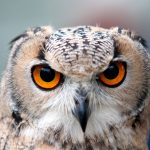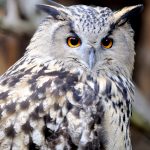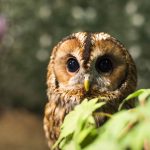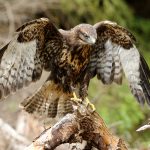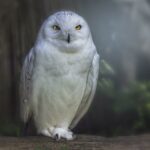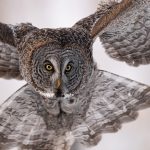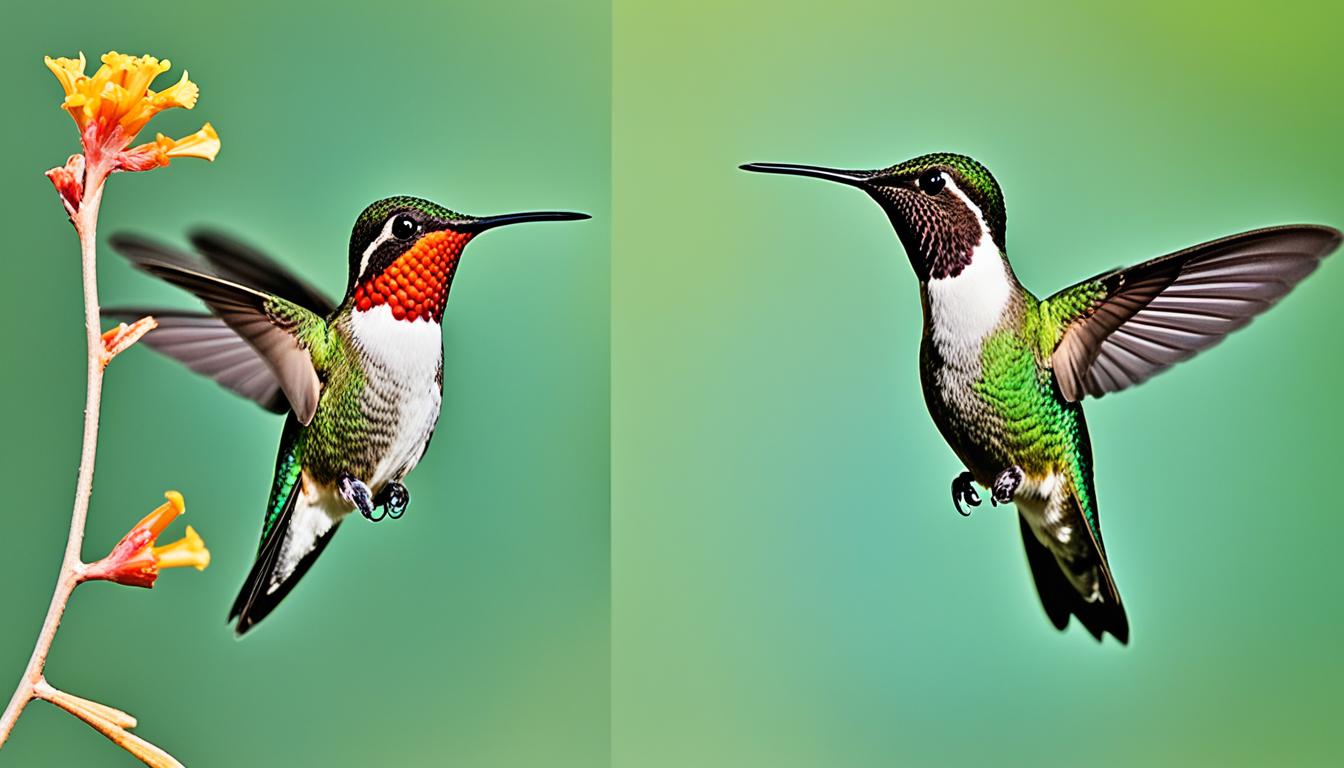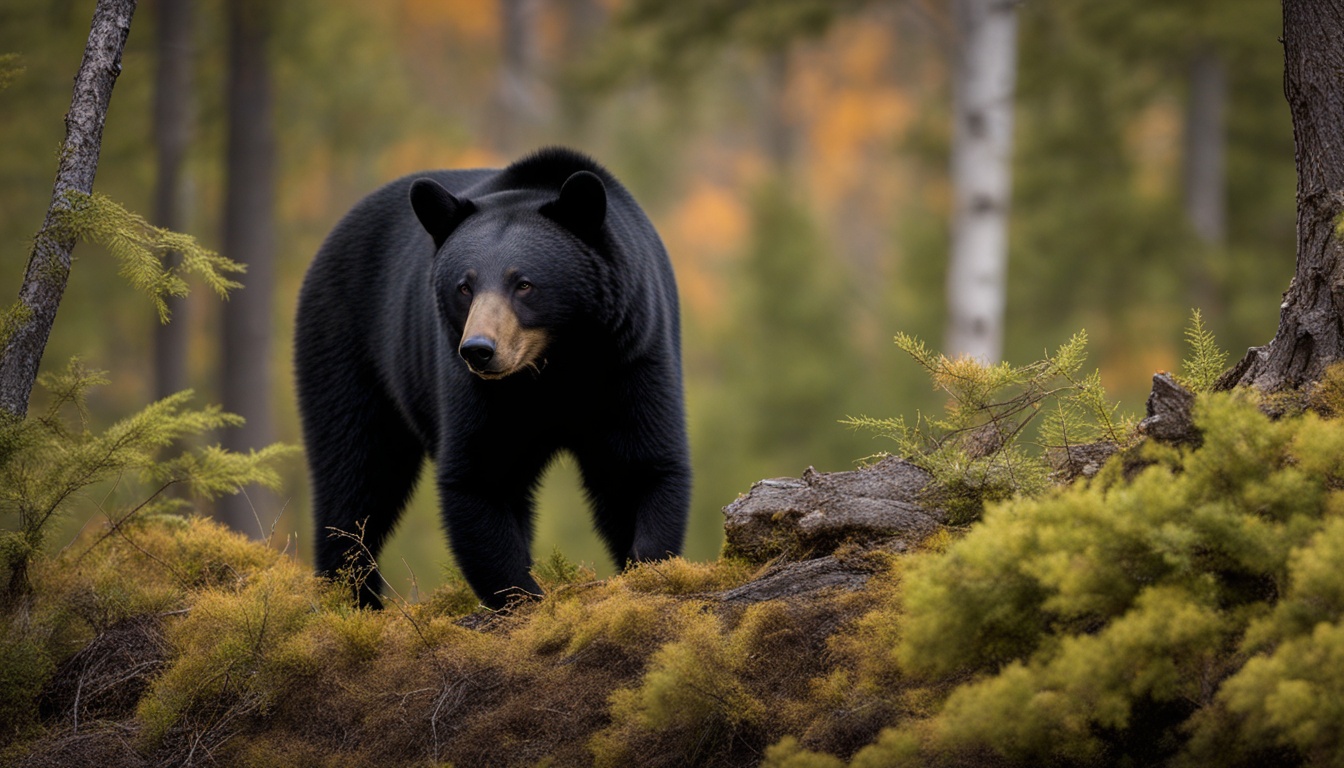Although owls don’t have the same flappy external ears as humans do – they can still hear their prey with pinpoint accuracy – even under a layer of thick snow. Owls have a very good hearing.
Do Owls Have Ears Made Of Feathers?
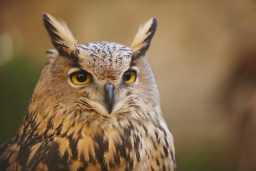
There are several owls – like the huge Great Horned Owl and the majestic Long-Eared Owl – who have long feathers sticking out of their heads like cat’s ears. But they aren’t actually ears. Due to their placement and shape (right on top of the head) – when we see them we assume them to actually be ears too – as with many other animals.
It isn’t something that seems ridiculous at first glance – but of course, these feathers can’t possibly channel any sound. Mainly because they bend in the wind and get hit by branches! But also because not all owls even have these feathers – so how would all these other owls hear without them?
However, when you learn a bit more about owls – you realize that these ‘feather ears’ are just for display.
They are there because the species that have them – just under a quarter of all owl species – have evolved them for some kind of display or adaptive reason. Some experts say that they are used for recognition between species; others suggest that they are used as a warning against predators (because they look like a cat/lynx/wolf?). Others have even speculated that the ‘ears’ held erect at night make the owl look like a broken branch – rather than an owl?
Can You See An Owl’s Ears?
An owl’s actual ears are really just the holes in the facial disc. So, no you can’t see them. At all.
Called the ‘aperture’ – these outwardly-invisible ear canals aren’t simply just holes. In the same way that we humans have evolved our flappy cartilage ears to direct sounds into our own ear canals – owls have done the same. But with feathers instead of skin.
Starting at their face – they have modified the way the feathers on the face lay. Rather than having them all facing in one direction – like on their bodies – these facial feathers form a circular disc. This disc – or two discs in some species – cover the forward-facing part of the face. This way, when the owl is hunting – the sounds in front of them have channeled accurately into the ears. This also allows the owls to correct their trajectory as they fly towards their prey, making tiny adjustments left or right as they hone right in.
Additionally, to help focus the sounds, they also have some stiffened feathers around the hole itself to fine-tune those sounds at the last minute. This gives the owl incredibly accurate hearing which is vital for hunting in the dark – or when there is a thick layer of snow on the ground. Owls also have asymmetrical ears (where one is actually higher than the other one) to help pinpoint the sound of a rodent’s footsteps that much better.
How Do Owls Hear if They Have Ears?
How do owls hear if they have ears? It’s a fascinating question that leads us to explore the wonders of nature. Contrary to popular belief, owls do have ears, but with a unique twist. Their ears are asymmetrically placed on their heads, allowing them to detect sounds from various directions. This adaptation helps owls excel in their hunting abilities as silent predators of the night. However, the topic of owls’ hibernation and migration patterns takes us on a different journey, highlighting their remarkable ability to adapt and survive in changing environments.
Do Owls Have The Best Hearing?
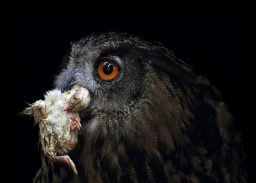
Owls have an amazing hearing when it comes to catching their dinner at night. The combination of ear location, sound frequency, and pinpoint accuracy mean that they are certainly better than humans for sure. They don’t have the same sound range as humans, but they have exactly what they need.
Experiments have shown that once an owl (Barn Owl in this case) knows its way around an enclosure – it can catch a live free-running mouse in pitch dark conditions. Just using its hearing alone. No sight whatsoever. Amazing.
Owls have managed to work an amazing trick with their hearing – on 2 counts. Firstly, their range of hearing matches that of their prey – so they can literally hear everything their dinner is saying – making them super easy to pinpoint and hunt out.
Secondly – they can fly at a certain speed (much slower than other birds) and the vibrations of their wings makes a noise that neither they themselves or their prey can hear. This is a hunting skill that makes them super stealthy – but also super smart. Needless to say if they are moving their wings at too fast a speed – they can hear it – so know to slow it down again.
Owls really are pretty special in the ear department!

